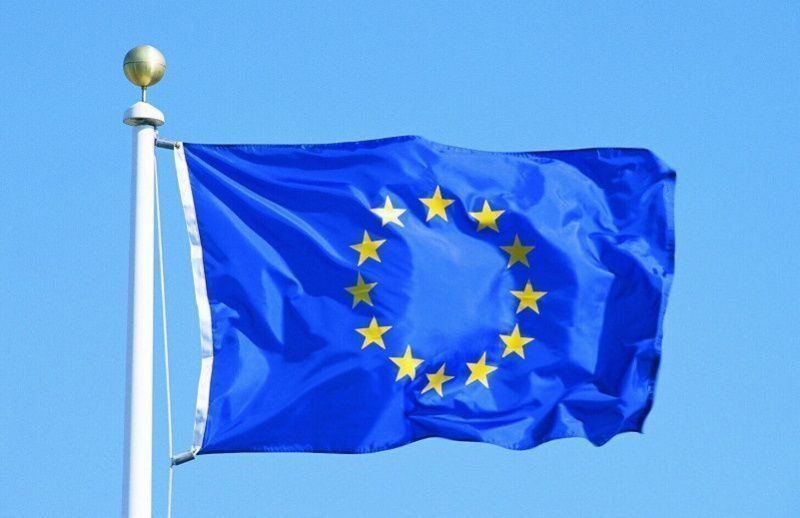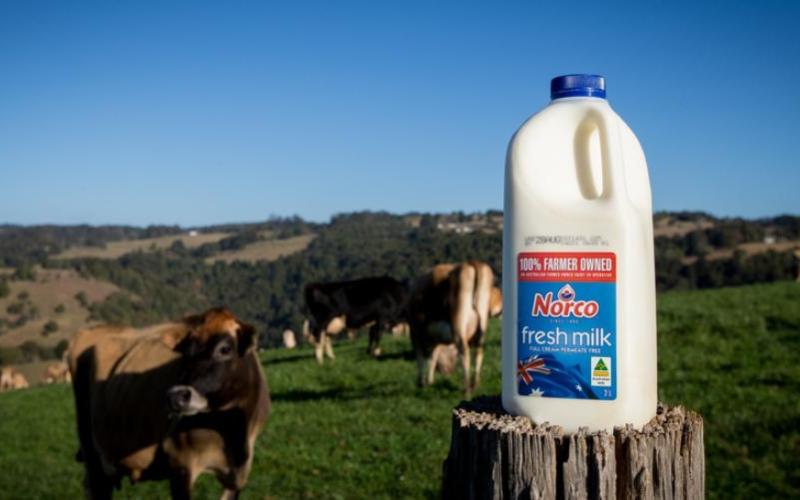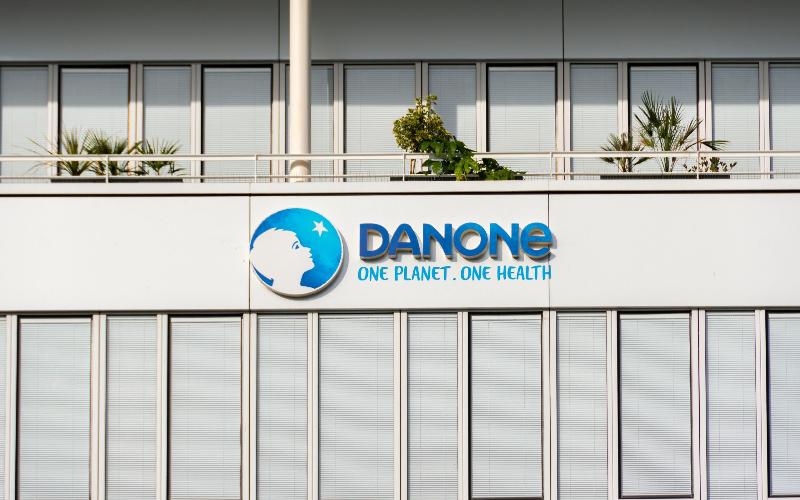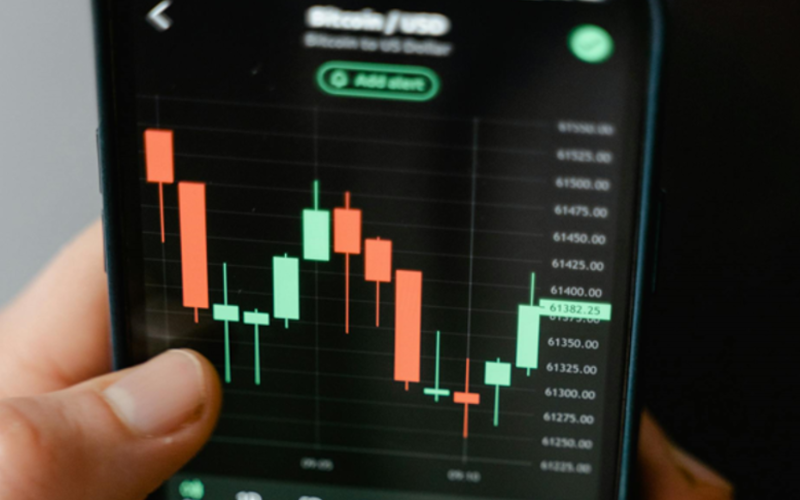In June, raw milk prices increased in the EU due to a reduction in milk yields
Sourse: The DairyNews
In June, there was a slight increase in raw milk prices in the EU as milk yields had already passed their peak and began to decline. The rise in procurement prices may be supported by active demand fr om cheese makers, who are meeting the needs of Southern European countries for cheese, wh ere the number of dairy product consumers increased during the tourist season, reports Georgiy Kukhaleyshvili, an analyst at the Ukrainian Association of Milk Producers.

According to preliminary data from the European Commission, in June 2024, the average price for raw milk in the EU was 46.06 euro cents per kg, which is 0.35% higher than in May. Compared to the price as of June 2023, milk in the EU increased by 3.8%. Last month in Ukraine, raw milk cost an average of 35.51 euro cents per kg.
Compared to May of the current year, the price of raw milk increased in eight EU member states. Among the major producers and exporters of dairy products, raw milk prices increased in Denmark to 47.06 euro cents per kg (+0.9%), France to 45.89 euro cents per kg (+0.3%), and the Netherlands to 47.75 euro cents per kg (+1%) compared to May 2024. The largest increase in milk prices was in Belgium to 47.77 euro cents per kg (+9.3%) and in Sweden to 44.69 euro cents per kg (+3.7%).
In June, procurement prices did not change in Germany, Estonia, Spain, Italy, Ireland, Greece, Portugal, Malta, and Cyprus compared to May of the current year. Compared to May 2024, raw milk prices decreased the most in Slovakia to 39.5 euro cents per kg (-5.9%), Lithuania to 37.63 euro cents per kg (-2%), Hungary to 41.79 euro cents per kg (-1.7%), and in Poland to 45.64 euro cents per kg (-1.4%). In the rest of the European countries, the rate of decline in milk prices was less than 1% compared to the previous month.
Traditionally, the highest raw milk prices are in Cyprus (63.74 euro cents per kg), Malta (56.11 euro cents per kg), and Greece (52.40 euro cents per kg). Farmers in Lithuania (37.63 euro cents per kg), Latvia (39.12 euro cents per kg), and Slovakia (39.50 euro cents per kg) receive the lowest prices for milk.
Compared to June 2023, raw milk prices increased in Belgium (+16.4%), Bulgaria (+4.6%), the Czech Republic (+0.8%), Denmark (+11.3%), Germany (+8.2%), Estonia (+2.5%), Ireland (+7.5%), Greece (+4.9%), France (+0.6%), Latvia (+13.4%), Lithuania (+8.5%), the Netherlands (+9.4%), Poland (+5.5%), Slovenia (+2%), Sweden (+18%), and Cyprus (+0.2%).
Georgiy Kukhaleyshvili suggests that the slight strengthening of raw milk prices in the EU occurred because in June, raw milk production in Western Europe reached its peak and began to decline. Probably, one of the factors for the increase in raw milk prices is the active demand from European cheese makers. Cheese consumption is growing in Southern European countries during the tourist season.
However, due to relatively wet and cool weather this summer, milk yields in some European countries were higher than last year. This particularly applies to France, Germany, the UK, and Central-Eastern European countries. Also, milk production has not yet reached its peak in the Baltic countries.
Most likely, a sharp rise in procurement prices did not occur due to weak demand for European whole milk powder and skimmed milk powder on external markets during the summer holidays, as well as a decrease in demand for packaged butter in Europe. The asparagus season, in which butter is used as an ingredient, has ended in European countries.
Ukrainian Association of Milk Producers
Compared to May of the current year, the price of raw milk increased in eight EU member states. Among the major producers and exporters of dairy products, raw milk prices increased in Denmark to 47.06 euro cents per kg (+0.9%), France to 45.89 euro cents per kg (+0.3%), and the Netherlands to 47.75 euro cents per kg (+1%) compared to May 2024. The largest increase in milk prices was in Belgium to 47.77 euro cents per kg (+9.3%) and in Sweden to 44.69 euro cents per kg (+3.7%).
In June, procurement prices did not change in Germany, Estonia, Spain, Italy, Ireland, Greece, Portugal, Malta, and Cyprus compared to May of the current year. Compared to May 2024, raw milk prices decreased the most in Slovakia to 39.5 euro cents per kg (-5.9%), Lithuania to 37.63 euro cents per kg (-2%), Hungary to 41.79 euro cents per kg (-1.7%), and in Poland to 45.64 euro cents per kg (-1.4%). In the rest of the European countries, the rate of decline in milk prices was less than 1% compared to the previous month.
Traditionally, the highest raw milk prices are in Cyprus (63.74 euro cents per kg), Malta (56.11 euro cents per kg), and Greece (52.40 euro cents per kg). Farmers in Lithuania (37.63 euro cents per kg), Latvia (39.12 euro cents per kg), and Slovakia (39.50 euro cents per kg) receive the lowest prices for milk.
Compared to June 2023, raw milk prices increased in Belgium (+16.4%), Bulgaria (+4.6%), the Czech Republic (+0.8%), Denmark (+11.3%), Germany (+8.2%), Estonia (+2.5%), Ireland (+7.5%), Greece (+4.9%), France (+0.6%), Latvia (+13.4%), Lithuania (+8.5%), the Netherlands (+9.4%), Poland (+5.5%), Slovenia (+2%), Sweden (+18%), and Cyprus (+0.2%).
Georgiy Kukhaleyshvili suggests that the slight strengthening of raw milk prices in the EU occurred because in June, raw milk production in Western Europe reached its peak and began to decline. Probably, one of the factors for the increase in raw milk prices is the active demand from European cheese makers. Cheese consumption is growing in Southern European countries during the tourist season.
However, due to relatively wet and cool weather this summer, milk yields in some European countries were higher than last year. This particularly applies to France, Germany, the UK, and Central-Eastern European countries. Also, milk production has not yet reached its peak in the Baltic countries.
Most likely, a sharp rise in procurement prices did not occur due to weak demand for European whole milk powder and skimmed milk powder on external markets during the summer holidays, as well as a decrease in demand for packaged butter in Europe. The asparagus season, in which butter is used as an ingredient, has ended in European countries.
Ukrainian Association of Milk Producers
Key News of the Week














